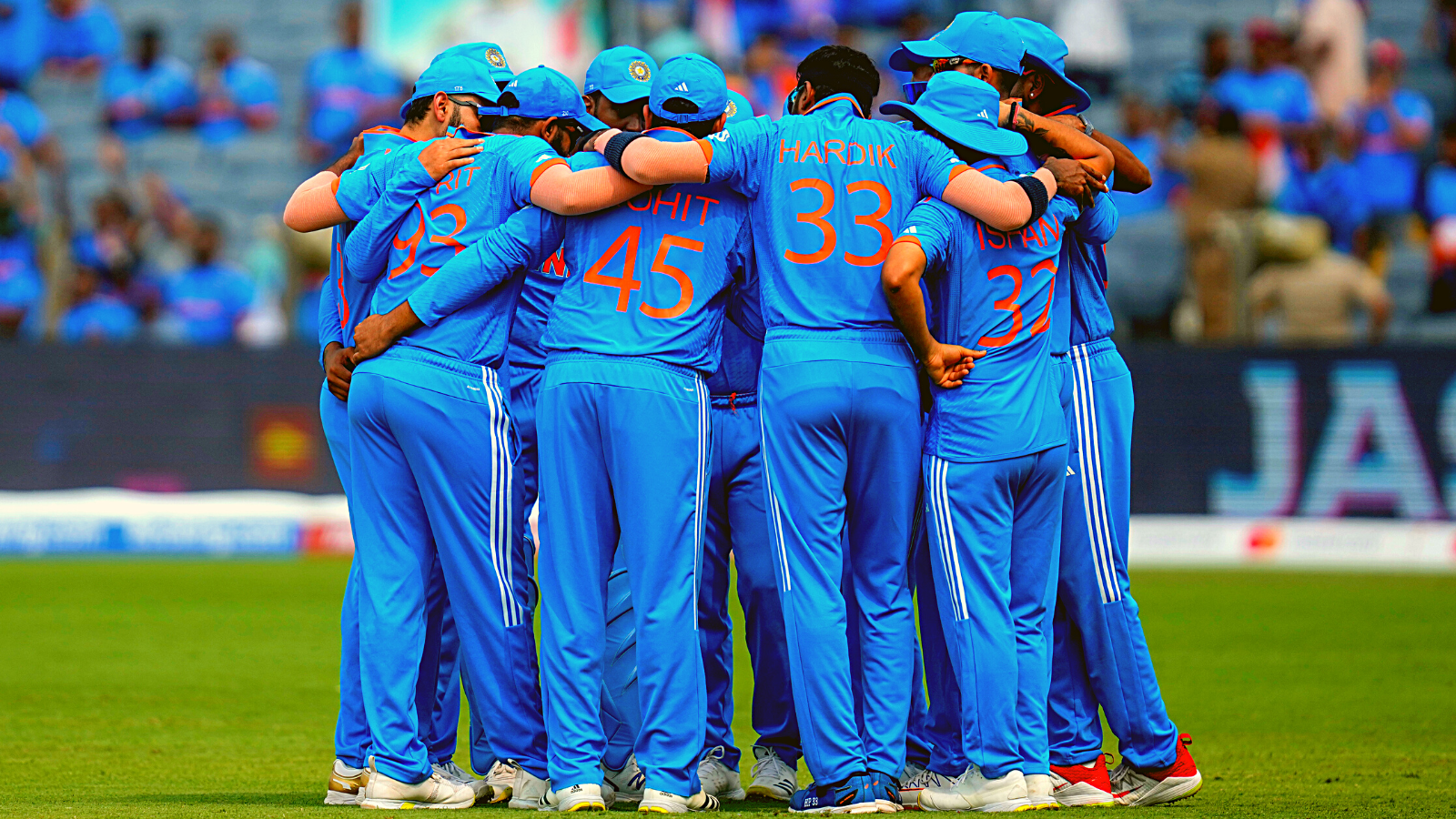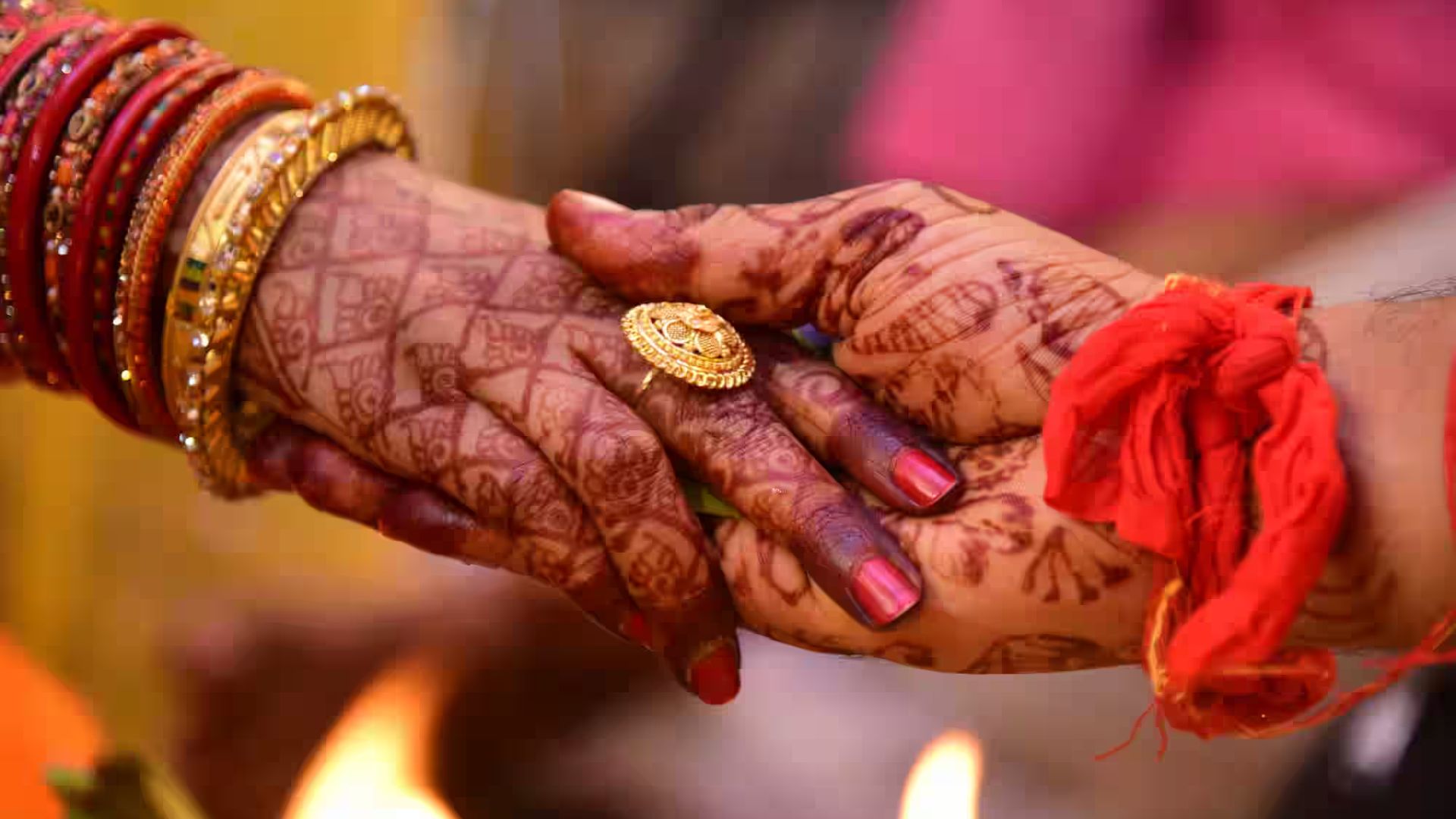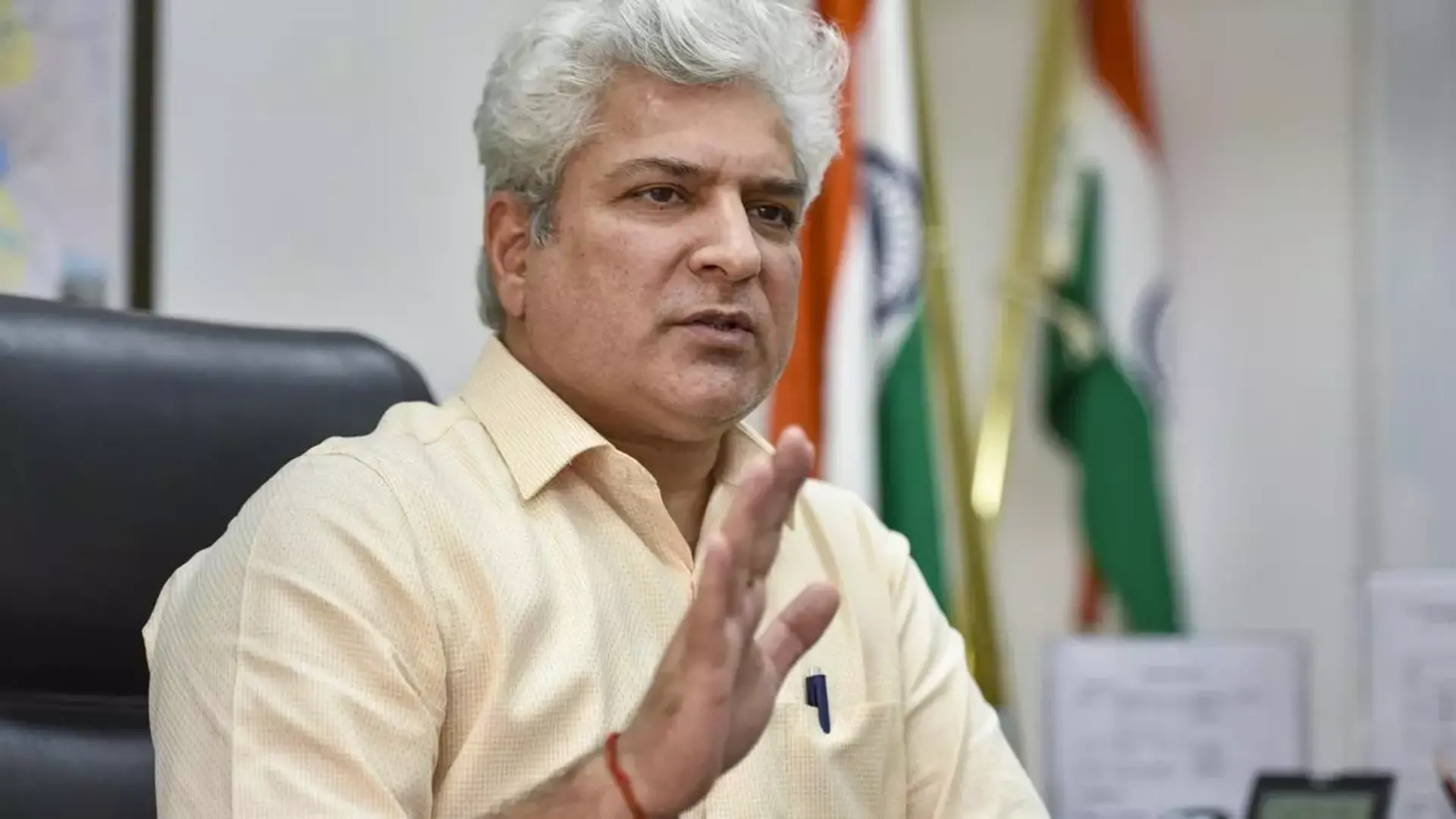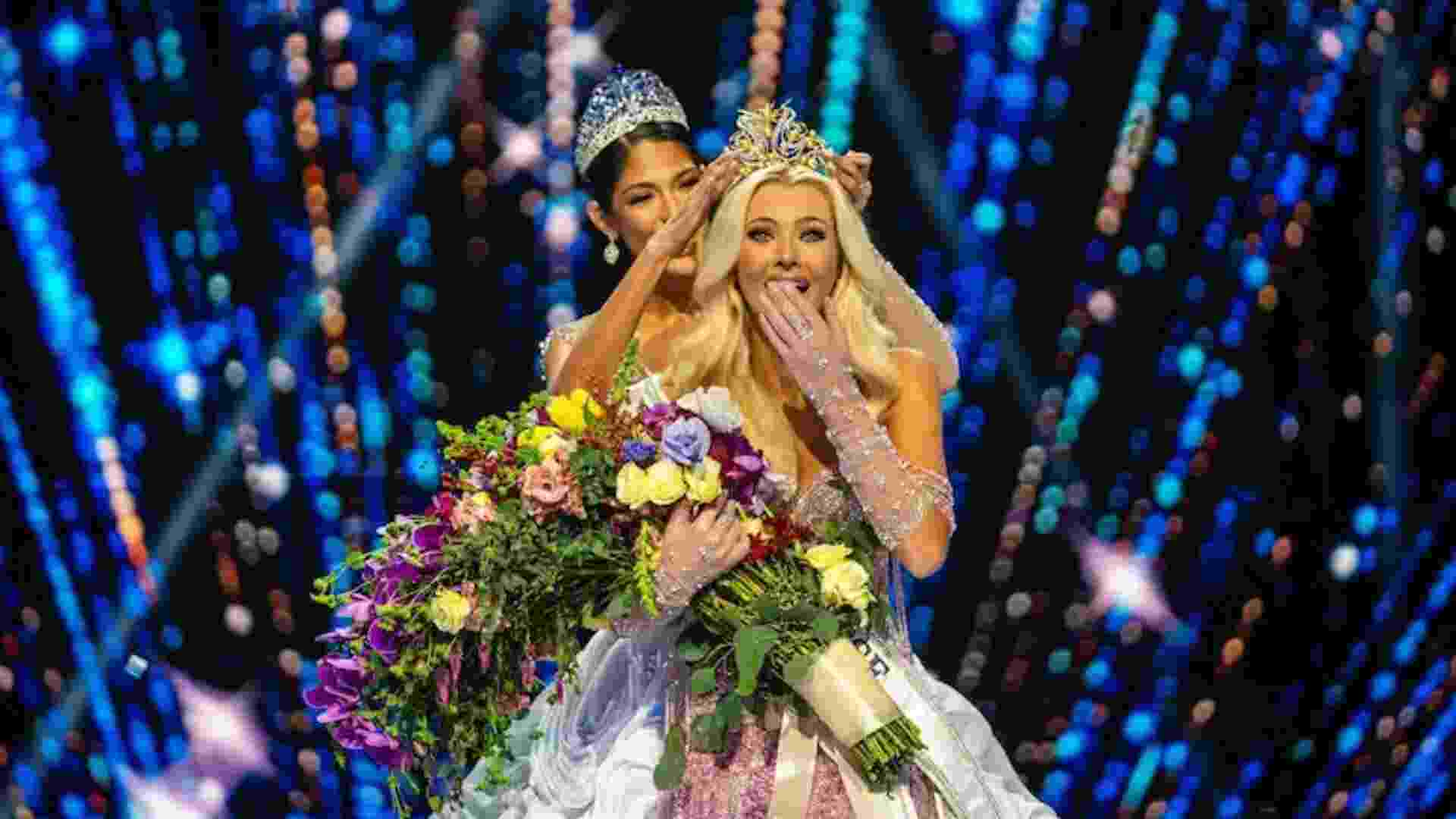
From humble beginnings as a marketing ploy to revive dwindling county cricket crowds, Twenty20 has transformed into a global phenomenon, injecting new life into the sport and captivating audiences worldwide.
The format, introduced by Stuart Robertson, an England and Wales Cricket Board executive, has brought a vibrant, fast-paced, and highly entertaining style of cricket that appeals to new and younger fans, particularly in cricket-mad India where the Indian Premier League (IPL) has become a cultural phenomenon. Since its inception in 2003, Twenty20 (T20) cricket has rapidly evolved into the most popular and lucrative format of the game, captivating audiences worldwide.
Early Adoption and Global Spread The first official T20 tournament, played by English county teams, showcased the format’s potential. The ECB’s initiative was quickly adopted by other cricketing nations. In 2005, Australia and New Zealand played the first international T20 match in Auckland, featuring retro uniforms and light-hearted play. Despite its initial novelty, T20 cricket soon proved to be more than just a marketing gimmick, as its popularity soared.
A Game-Changer in Cricket The introduction of T20 cricket in 2003 marked a significant shift in the sport. Developed to counter declining attendances at county matches, T20 cricket condensed the game into a 20-over per side contest, designed to be completed in approximately three hours. This shorter format was intended to make cricket more accessible and appealing to a broader audience, including those who found traditional formats too lengthy and slow.
The Inaugural T20 World Cup The 2007 ICC T20 World Cup in South Africa was a watershed moment. With India emerging victorious in a thrilling final against Pakistan, the tournament highlighted T20’s appeal. The victory not only galvanized cricket fans in India but also laid the groundwork for the launch of the IPL in 2008, which has since become one of the richest and most watched cricket leagues globally.
Twenty20 (T20) cricket has been instrumental in attracting new viewers, especially the younger generation, by offering a vibrant, fast-paced, and highly entertaining style of cricket. The format’s shorter duration, with matches typically lasting around three hours, fits the fast-paced lifestyle of modern audiences who seek quick and engaging entertainment.
Rise of Domestic T20 Leagues Following the success of the IPL, other countries established their own T20 leagues. The Big Bash League (Australia), Pakistan Super League, and Caribbean Premier League are just a few examples. These leagues have provided platforms for both local and international players to showcase their skills, further popularizing the format.
Impact on Players and Gameplay T20 cricket has revolutionized how the game is played. It demands innovative batting, aggressive fielding, and strategic acumen from players and teams. The fast-paced nature of T20 matches has led to the development of specialized skills, such as power hitting and death-over bowling, which are less prominent in longer formats.
Controversy and Traditionalists’ Concerns Despite its popularity, T20 cricket has faced criticism from purists who argue that it undermines the traditional formats of Test and One Day International (ODI) cricket. Critics worry that the commercial success of T20 might overshadow the more intricate and historic forms of the game, potentially diminishing their significance.
“I couldn’t possibly imagine what would have happened with it,” Robertson admitted years later. “All it was then was a way to get new audiences interested in county cricket.”
From its humble origins as a marketing stunt, Twenty20 cricket has transformed the sport, captivating audiences worldwide with its fast-paced action and entertainment value. As the format continues to evolve, one thing is certain: cricket’s Twenty20 revolution has forever changed the game, ushering in a new era of excitement and inclusivity.
“Twenty20 cricket, with its cheerleaders, loud music, and quick-fire entertainment, was credited with reviving cricket in the 21st century,” cricket historian Gideon Haigh observed.















